smart #3 vs BYD Sealion 7 – Which car suits you better?
Both models have their strengths – but which one suits you more?
Compare performance, efficiency, price and space directly: smart #3 or BYD Sealion 7?
Urban Prowess: smart #3 Versus the BYD Sealion 7
As the automotive world strides forward into the electric era, two prominent contenders emerge from the throng—smart #3 and the BYD Sealion 7. Both encapsulate the inherent potential of battery-powered SUVs, but their approach to electrification and innovation delivers varied experiences for prospective buyers. Let's delve into the technical aspects and breakthroughs these vehicles present.
Design and Dimensions
Starting with the design, the smart #3 presents a compact and sleek silhouette. Stretching at 4400 mm in length, 1844 mm in width, and 1556 mm in height, it maintains an urban-friendly footprint, perfect for city dwellers. The BYD Sealion 7, however, veers towards a larger frame, measuring 4830 mm in length, 1925 mm in width, and 1620 mm in height, offering a more imposing figure that's sure to attract those desiring more road presence.
Power and Performance
The smart #3 is distinctly agile, offering two power variants—272 HP for the rear-wheel drive and a whopping 428 HP for the all-wheel version. These choices result in brisk accelerations from 0-100 km/h in 5.8 and 3.7 seconds respectively. Meanwhile, the Sealion 7 comes with power offerings of 313 HP and 530 HP, capable of sprinting to 100 km/h in 6.7 and 4.5 seconds, aided by its substantial torque delivery of up to 690 Nm.
Electric Range and Efficiency
Range anxiety is swept aside by the commendable distances these SUVs can cover on a full charge. The smart #3 can traverse between 325 km to 455 km depending on the variant, thanks to a choice between 47 kWh and 62 kWh battery capacities. In turn, the Sealion 7 surpasses this with ranges stretching from 456 km up to an impressive 502 km, albeit with slightly higher energy consumption of up to 21.9 kWh/100 km.
Interior Comfort and Utility
Inside, the smart #3 seats five, offering a trunk capacity of 370 liters, catering well to daily urban needs. The Sealion 7 enhances its utility factor with a more generous 520 liters of trunk space, which complements its larger exterior size and is ideal for those needing to haul more gear.
Innovations and Technological Edge
Both vehicles shine in their offerings of state-of-the-art technology. The smart #3 benefits from the brand's expertise in urban mobility, delivering a nimble and efficient city cruiser. On the other hand, BYD's Sealion 7 capitalizes on cutting-edge battery technology and a sophisticated all-wheel drive system for enhanced performance and safety on various terrains.
Conclusion: The Right Electric SUV
In the contest between smart #3 and BYD Sealion 7, discerning buyers will find key differences. The compact smart #3 suits the urbanite seeking performance with a slimmer profile, while the robust Sealion 7 appeals to those prioritizing range and utility. Both models, however, illustrate a promising future of eco-friendly motoring, shedding light on the diverse directions in which electric SUVs are heading.
Here’s where it gets real: The technical differences in detail
Costs and Efficiency: Price and efficiency are key factors when choosing a car – and this is often where the real differences emerge.
smart #3 has a noticeable advantage in terms of price – it starts at 34700 £, while the BYD Sealion 7 costs 42800 £. That’s a price difference of around 8143 £.
In terms of energy consumption, the advantage goes to the smart #3: with 16.30 kWh per 100 km, it’s evident more efficient than the BYD Sealion 7 with 19.90 kWh. That’s a difference of about 3.60 kWh.
As for range, the BYD Sealion 7 performs hardly perceptible better – achieving up to 502 km, about 47 km more than the smart #3.
Engine and Performance: Power, torque and acceleration say a lot about how a car feels on the road. This is where you see which model delivers more driving dynamics.
When it comes to engine power, the BYD Sealion 7 has a to a small extent edge – offering 530 HP compared to 428 HP. That’s roughly 102 HP more horsepower.
In acceleration from 0 to 100 km/h, the smart #3 is noticeable quicker – completing the sprint in 3.70 s, while the BYD Sealion 7 takes 4.50 s. That’s about 0.80 s faster.
In terms of top speed, the BYD Sealion 7 performs somewhat better – reaching 215 km/h, while the smart #3 tops out at 180 km/h. The difference is around 35 km/h.
There’s also a difference in torque: the BYD Sealion 7 pulls to a small extent stronger with 690 Nm compared to 584 Nm. That’s about 106 Nm difference.
Space and Everyday Use: Whether family car or daily driver – which one offers more room, flexibility and comfort?
Both vehicles offer seating for 5 people.
In curb weight, the smart #3 is distinct lighter – 1780 kg compared to 2225 kg. The difference is around 445 kg.
In terms of boot space, the BYD Sealion 7 offers distinct more room – 520 L compared to 370 L. That’s a difference of about 150 L.
In maximum load capacity, the BYD Sealion 7 performs noticeable better – up to 1789 L, which is about 629 L more than the smart #3.
When it comes to payload, smart #3 hardly perceptible takes the win – 450 kg compared to 410 kg. That’s a difference of about 40 kg.
All in all, the BYD Sealion 7 shows itself to be offers a more balanced package and secures the title of DriveDuel Champion.
It impresses with the more balanced overall package and proves to be the more versatile companion for everyday use.
smart #3
The Smart #3 represents a bold evolution in urban mobility, merging sleek design with sustainability. This compact electric SUV boasts a modern silhouette and advanced technology features that make city driving both efficient and enjoyable. With its spacious interior and innovative connectivity options, the Smart #3 is poised to redefine the expectations for eco-friendly urban transport.
details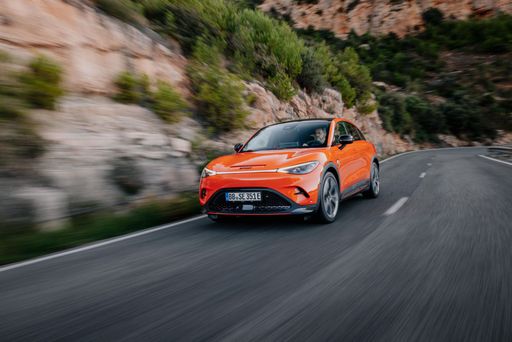 @ media.smart.com
@ media.smart.com
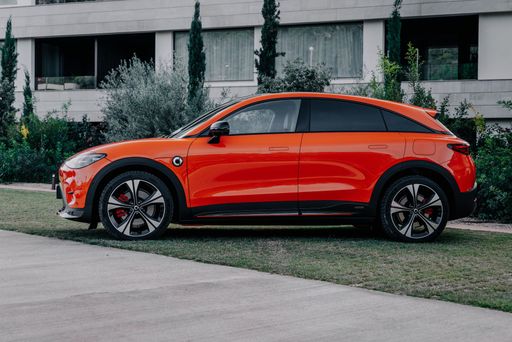 @ media.smart.com
@ media.smart.com
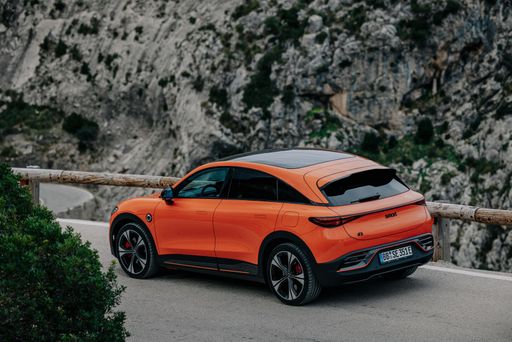 @ media.smart.com
@ media.smart.com
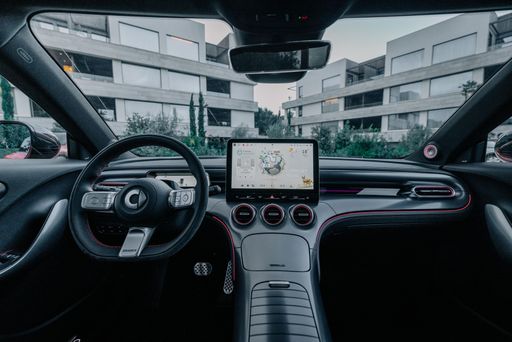 @ media.smart.com
@ media.smart.com
 @ media.smart.com
@ media.smart.com
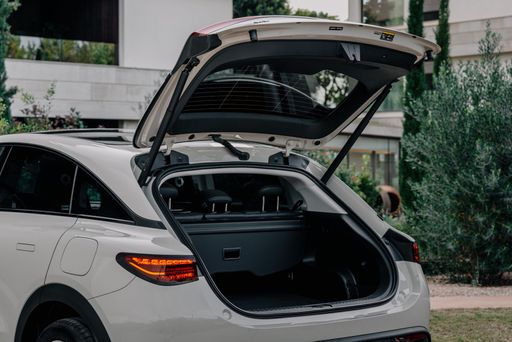 @ media.smart.com
@ media.smart.com
BYD Sealion 7
The Sealion 7 captivates with its striking design and impressive performance that appeals to both enthusiasts and casual drivers alike. With a focus on comfort and advanced technology, this model redefines the driving experience, making every journey enjoyable. Its sleek silhouette coupled with an innovative interior showcases the perfect blend of style and functionality.
details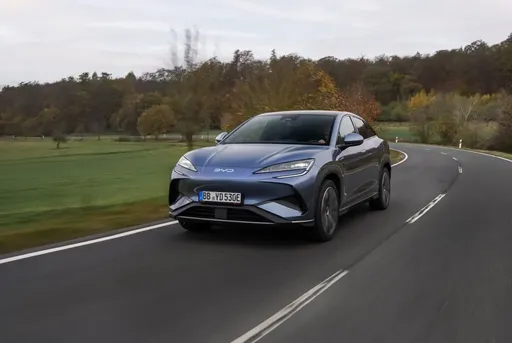 @ BYD
@ BYD
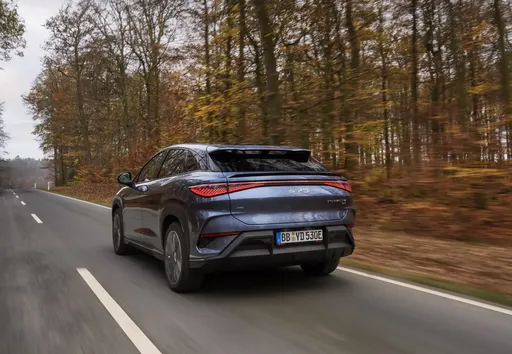 @ BYD
@ BYD
 @ BYD
@ BYD

|

|
|
|
|
Costs and Consumption |
|
|---|---|
|
Price
34700 - 45800 £
|
Price
42800 - 52300 £
|
|
Consumption L/100km
-
|
Consumption L/100km
-
|
|
Consumption kWh/100km
16.3 - 17.6 kWh
|
Consumption kWh/100km
19.9 - 21.9 kWh
|
|
Electric Range
325 - 455 km
|
Electric Range
456 - 502 km
|
|
Battery Capacity
47 - 62 kWh
|
Battery Capacity
-
|
|
co2
0 g/km
|
co2
0 g/km
|
|
Fuel tank capacity
-
|
Fuel tank capacity
-
|
Dimensions and Body |
|
|---|---|
|
Body Type
SUV
|
Body Type
SUV
|
|
Seats
5
|
Seats
5
|
|
Doors
5
|
Doors
4
|
|
Curb weight
1780 - 1910 kg
|
Curb weight
2225 - 2435 kg
|
|
Trunk capacity
370 L
|
Trunk capacity
520 L
|
|
Length
4400 mm
|
Length
4830 mm
|
|
Width
1844 mm
|
Width
1925 mm
|
|
Height
1556 mm
|
Height
1620 mm
|
|
Max trunk capacity
1160 L
|
Max trunk capacity
1789 L
|
|
Payload
419 - 450 kg
|
Payload
410 kg
|
Engine and Performance |
|
|---|---|
|
Engine Type
Electric
|
Engine Type
Electric
|
|
Transmission
Automatic
|
Transmission
Automatic
|
|
Transmission Detail
Reduction Gearbox
|
Transmission Detail
Reduction Gearbox
|
|
Drive Type
Rear-Wheel Drive, All-Wheel Drive
|
Drive Type
Rear-Wheel Drive, All-Wheel Drive
|
|
Power HP
272 - 428 HP
|
Power HP
313 - 530 HP
|
|
Acceleration 0-100km/h
3.7 - 5.8 s
|
Acceleration 0-100km/h
4.5 - 6.7 s
|
|
Max Speed
180 km/h
|
Max Speed
215 km/h
|
|
Torque
343 - 584 Nm
|
Torque
380 - 690 Nm
|
|
Number of Cylinders
-
|
Number of Cylinders
-
|
|
Power kW
200 - 315 kW
|
Power kW
230 - 390 kW
|
|
Engine capacity
-
|
Engine capacity
-
|
General |
|
|---|---|
|
Model Year
2023
|
Model Year
2024
|
|
CO2 Efficiency Class
A
|
CO2 Efficiency Class
A
|
|
Brand
smart
|
Brand
BYD
|
What drive types are available for the smart #3?
The smart #3 is available as Rear-Wheel Drive or All-Wheel Drive.
The prices and data displayed are estimates based on German list prices and may vary by country. This information is not legally binding.
